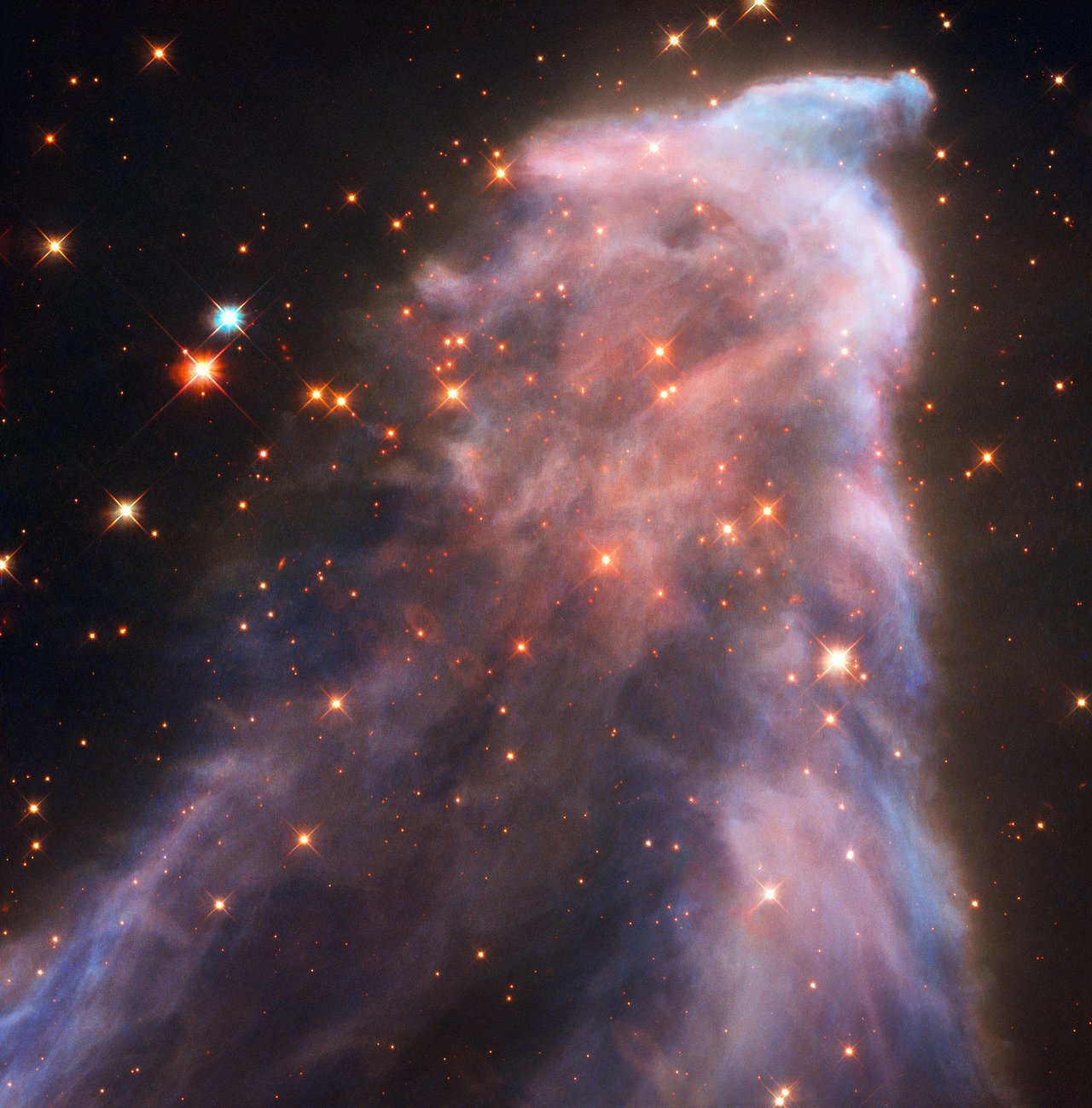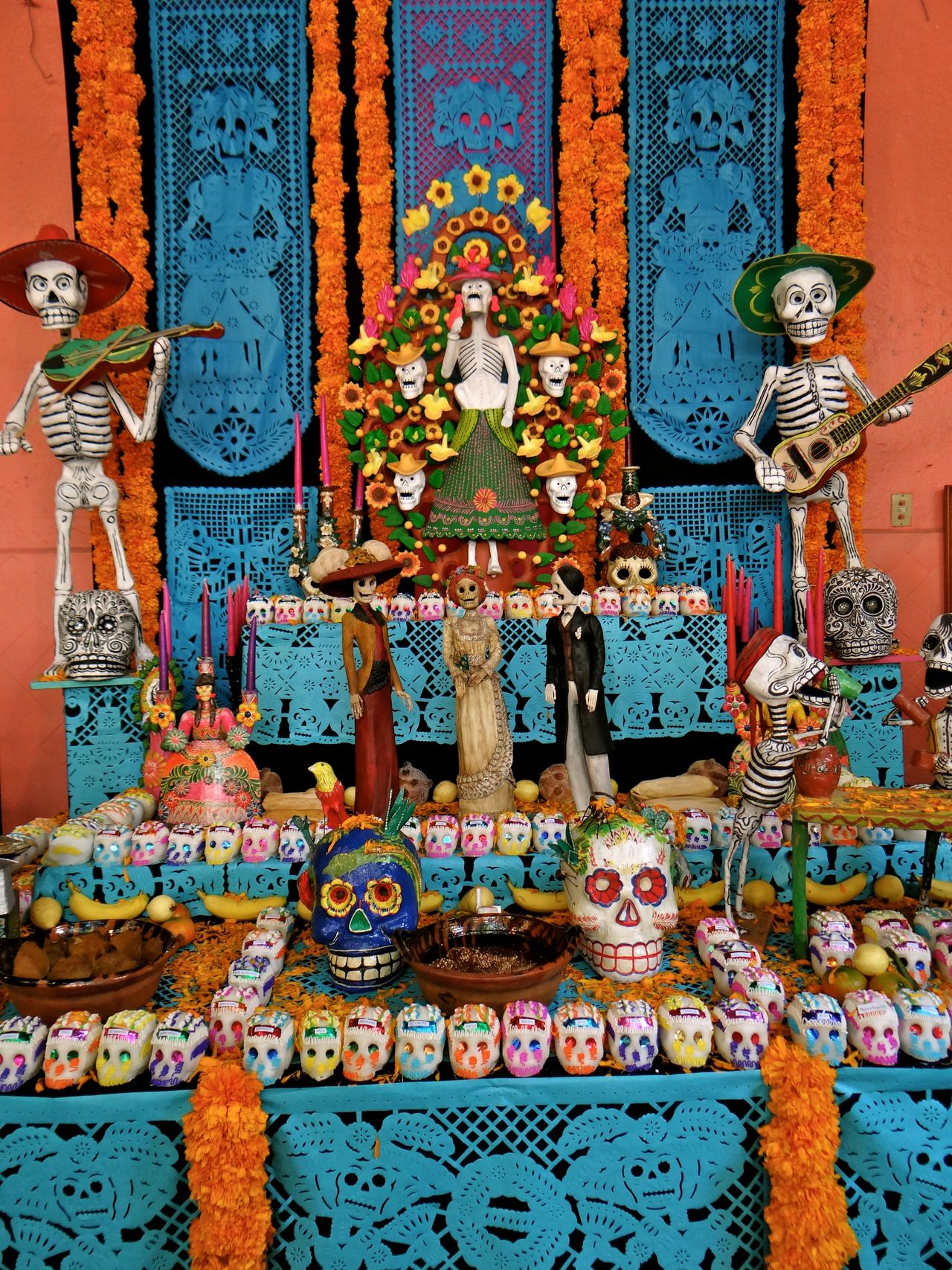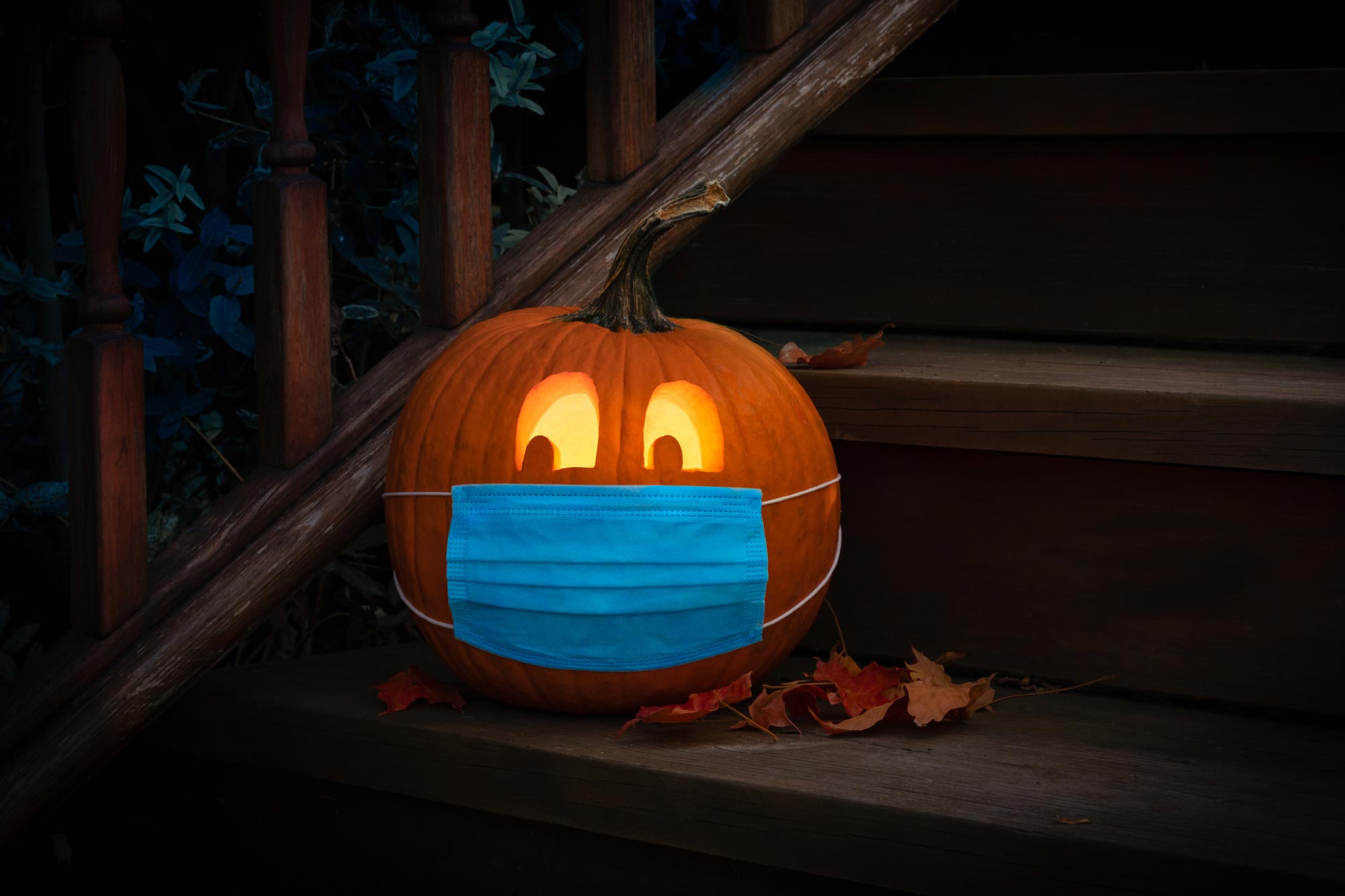Blog
NGC 34 looks more like an otherworldly, bioluminescent creature from the deep oceans than a galaxy. Lying in the constellation Cetus (The Sea Monster), the galaxy’s outer region appears almost translucent, pinpricked with stars and strange wispy tendrils.
The main cause for this galaxy’s odd appearance lies in its past. If we were able to reverse time by a few million years, we would see two beautiful spiral galaxies on a direct collision course. When these galaxies collided into one another, their intricate patterns and spiral arms were permanently disturbed. This image shows the galaxy’s bright centre, a result of this merging event that has created a burst of new star formation and lit up the surrounding gas. As the galaxies continue to intertwine and become one, NGC 34’s shape will become more like that of an peculiar galaxy, devoid of any distinct shape.
In the vastness of space, collisions between galaxies are quite rare events, but they can be numerous in mega-clusters containing hundreds or even thousands of galaxies.
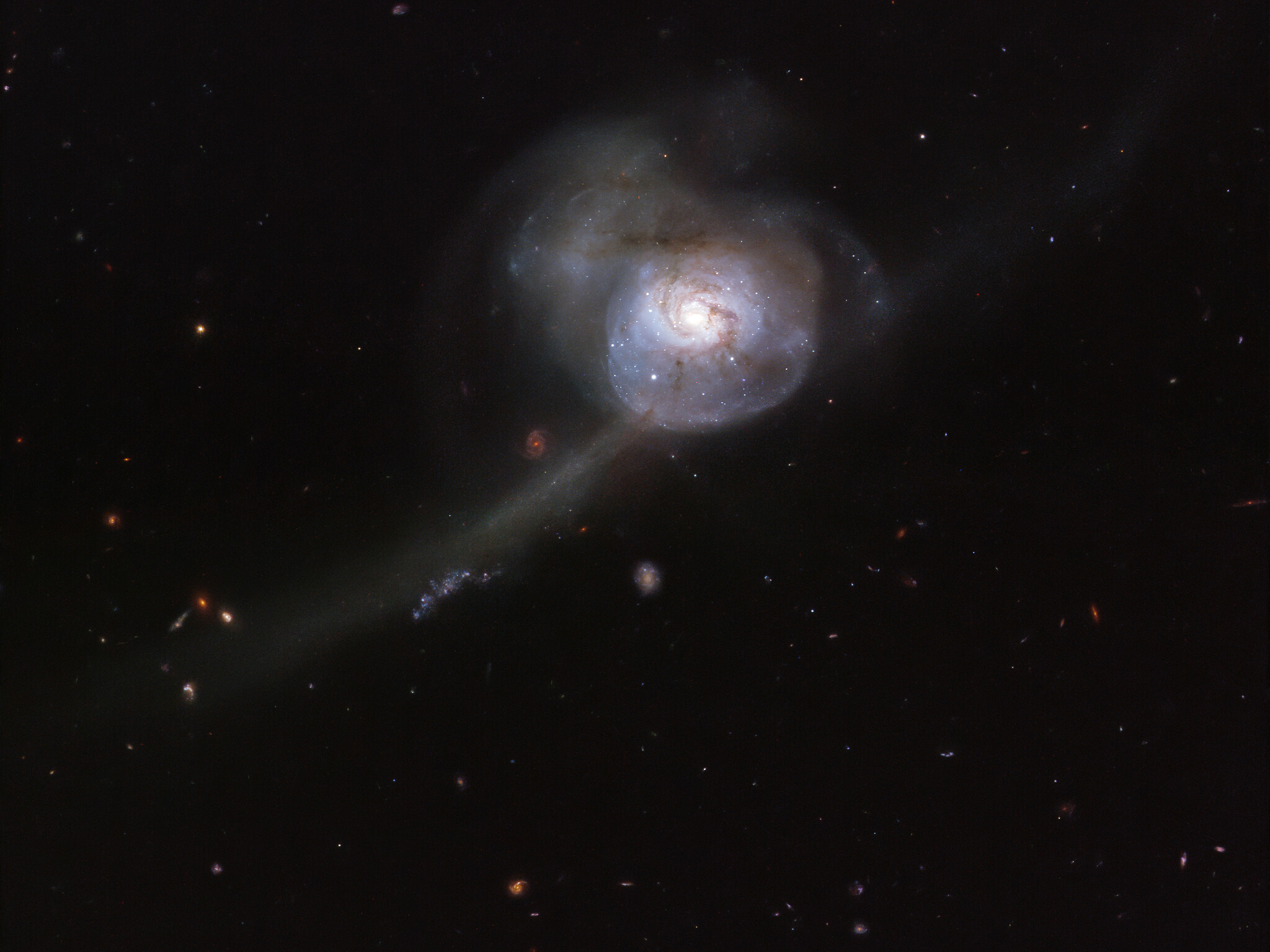
.
Ernest Dawkins (born 2 November 1953 in Chicago, Illinois, United States) is an American jazz saxophonist, principally active in free jazz and post-bop.
Ernest Khabeer Dawkins was a neighbor of Anthony Braxton as a child. He played bass and drums early in life before switching to saxophone in 1973. During that decade he began studying with members of the Association for the Advancement of Creative Musicians, such as Joseph Jarman and Chico Freeman, as well as at the Vandercook College of Music. He worked with Ed Wilkerson and the Ethnic Heritage Ensemble and Douglas Ewartbefore founding his own New Horizons Ensemble, which played regularly in Chicago into the 2000s, as well as at jazz festivals and on tour in Europe.
more...Keith Noel Emerson (2 November 1944 – 11 March 2016) was an English keyboardist, songwriter, and composer. He played keyboards in a number of bands before finding his first commercial success with the Nice in the late 1960s. He became internationally famous for his work with the Nice, which included writing rock arrangements of classical music. After leaving the Nice in 1970, he was a founding member of Emerson, Lake & Palmer(ELP), one of the early progressive rock supergroups. Emerson, Lake & Palmer were commercially successful through much of the 1970s, becoming one of the best-known progressive rock groups of the era. Emerson wrote and arranged much of ELP’s music on albums such as Tarkus (1971) and Brain Salad Surgery (1973), combining his own original compositions with classical or traditional pieces adapted into a rock format.
Following ELP’s break-up at the end of the 1970s, Emerson pursued a solo career, composed several film soundtracks, and formed the bands Emerson, Lake & Powell and 3 to carry on in the style of ELP. In the early 1990s, Emerson rejoined ELP, which reunited for two more albums and several tours before breaking up again in the late 1990s. Emerson also reunited the Nice in 2002 for a tour.
During the 2000s, Emerson resumed his solo career, including touring with his own Keith Emerson Band featuring guitarist Marc Bonilla and collaborating with several orchestras. He reunited with ELP bandmate Greg Lake in 2010 for a duo tour, culminating in a one-off ELP reunion show in London to celebrate the band’s 40th anniversary.Emerson’s last album, The Three Fates Project, with Marc Bonilla and Terje Mikkelsen, was released in 2012.Emerson reportedly suffered from depression and alcoholism, and in his later years developed nerve damage that hampered his playing, making him anxious about upcoming performances. He killed himself on 11 March 2016 at his home in Santa Monica, California. Emerson was widely regarded as one of the top keyboard players of the progressive rock era. AllMusic describes Emerson as “perhaps the greatest, most technically accomplished keyboardist in rock history”.
more...Philip Wells Woods (November 2, 1931 – September 29, 2015) was an American jazz alto saxophonist, clarinetist, bandleader, and composer.
Woods was born in Springfield, Massachusetts. He studied music with Lennie Tristano, who influenced him greatly, at the Manhattan School of Musicand at the Juilliard School. His friend, Joe Lopes, coached him on clarinet as there was no saxophone major at Juilliard at the time. Although he did not copy Charlie “Bird” Parker, he was known as the New Bird, a nickname also given to other alto saxophone players such as Sonny Stitt and Cannonball Adderley.
In the 1950s, Woods began to lead his own bands. Quincy Jones invited him to accompany Dizzy Gillespie on a world tour sponsored by the U.S. State Department. A few years later he toured Europe with Jones, and in 1962 he toured Russia with Benny Goodman.
more...Rudolph Van Gelder (November 2, 1924 – August 25, 2016 Jersey City, NJ) was an American recording engineer who specialized in jazz. Over more than half a century, he recorded several thousand sessions, with musicians including John Coltrane, Miles Davis, Thelonious Monk, Sonny Rollins, Art Blakey, Lee Morgan, Joe Henderson, Freddie Hubbard, Wayne Shorter, Horace Silver and Grant Green. He worked with many different record companies, and recorded almost every session on Blue Note Records from 1953 to 1967.
He worked on albums including John Coltrane’s A Love Supreme, Miles Davis’s Walkin’, Herbie Hancock’s Maiden Voyage, Sonny Rollins’s Saxophone Colossus, and Horace Silver’s Song for My Father. He is regarded as one of the most influential engineers in jazz.
more...Three prominent dust lanes that give the Trifid its name all come together. Mountains of opaque dust appear near the bottom, while other dark filaments of dust are visible threaded throughout the nebula. A single massive star visible near the center causes much of the Trifid’s glow. The Trifid, cataloged as M20, is only about 300,000 years old, making it among the youngest emission nebulas known. The star forming nebula lies about 9,000 light years away toward the constellation of the Archer (Sagittarius). The region pictured here spans about 10 light years. The featured image is a composite with luminance taken from an image by the 8.2-m ground-based Subaru Telescope, detail provided by the 2.4-m orbiting Hubble Space Telescope, color data provided by Martin Pugh and image assembly and processing provided by Robert Gendler.
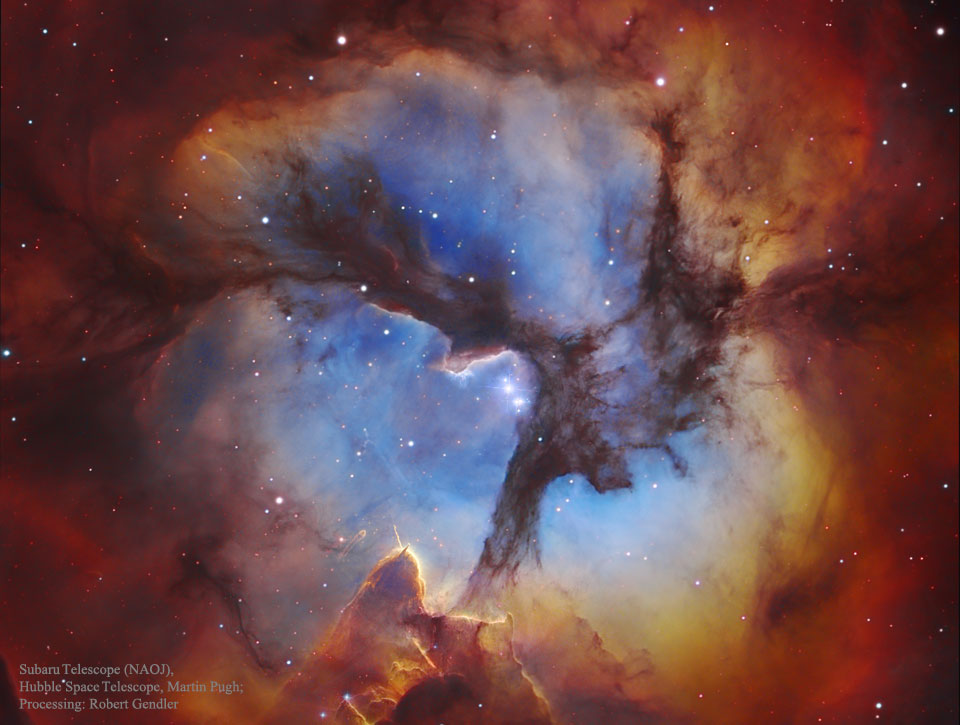
Antonio Sánchez (born November 1, 1971) is a Mexican-American jazz drummer and composer best known for his work with jazz guitarist Pat Metheny. In 2014, his popularity increased when he composed an original film score for Birdman, directed by Alejandro G. Iñárritu. The soundtrack album was released on October 14, 2014. The score earned him a nomination for the Golden Globe Award for Best Original Score and BAFTA Award for Best Film Music; he won the Critics’ Choice Movie Award for Best Score and Satellite Award for Best Original Score.
more...Richard Roman Grechko, better known as Ric Grech, (1 November 1946 – 17 March 1990) was a British rock musician and multi-instrumentalist. He is best known for playing bass guitar and violin with Family as well as in the supergroups Blind Faith and Traffic. He also played with ex-Creamdrummer Ginger Baker’s Air Force.
more...Lou Donaldson (born November 1, 1926) is a retired American jazz alto saxophonist. He is best known for his soulful, bluesy approach to playing the alto saxophone, although in his formative years he was, as many were of the bebop era, heavily influenced by Charlie Parker.
Donaldson was born in Badin, North Carolina. He attended North Carolina Agricultural and Technical State University in Greensboro in the early 1940s. He enlisted in the U.S. Navy during World War II and was trained at the Great Lakes bases in Chicago where he was introduced to bop music in the lively club scene. Donaldson’s first jazz recordings were with the Charlie Singleton Orchestra in 1950 and then with bop emissaries Milt Jackson and Thelonious Monkin 1952, and he participated in several small groups with other jazz luminaries such as trumpeter Blue Mitchell, pianist Horace Silver, and drummer Art Blakey.
more...William Sebastian “Sabby” Lewis (November 1, 1914 in Middleburgh, North Carolina – July 9, 1994) was a jazz pianist, band leader, and arranger.
Lewis was born in Middleburgh, North Carolina, but was raised in Philadelphia. He started taking piano lessons when he was 5 and moved to Boston in 1932. After working with Tasker Crosson’s Ten Statesmen in 1934, Lewis organized his own 7-piece band in 1936.
In the late 30s and early 40s Sabby Lewis and his band were mainstays at notable Boston jazz venues such as the Roseland-State Ballroom, Egleston Square Gardens, and The Savoy Café.
In 1942, Lewis’ band won a listener contest on a broadcast from the Statler Hotel’s Terrace Room in Boston. The contest, sponsored by the F.W. Fitch Company, was to select a band to appear regularly on NBC’s The Fitch Bandwagon, heard on 120 stations at the time.
Though Lewis did not tour frequently nor leave Boston often, he did perform on Broadway and in ballrooms and clubs in Manhattan such as Kelly’s Stables, the Zanzibar and the Famous Door. He performed with Dinah Washington and Billy Eckstine. “I recall one night at the Famous Door when Count Basie checked out the band,” Lewis said. “He stood just inside the door and listened and left without saying a word. The next night I received a telegram from the Count. It contained three words: Rock ’em, Pops.
During World War II, Lewis’ orchestra included long-time Ellington tenor saxophonist Paul Gonsalves, and drummer Alan Dawson spent much of the 1950s in the band. Other notable alumni of the Lewis band included trumpeter Cat Anderson, Sonny Stitt, Roy Haynes, Al Morgan, Idrees Sulieman and Joe Gordon.
more...https://www.youtube.com/watch?v=K3L-nJMyMPI
more...IC 63 — nicknamed the Ghost Nebula — is about 550 light-years from Earth. The nebula is classified as both a reflection nebula — as it is reflecting the light of a nearby star — and as an emission nebula — as it releases hydrogen-alpha radiation. Both effects are caused by the gigantic star Gamma Cassiopeiae. The radiation of this star is also slowly causing the nebula to dissipate.
